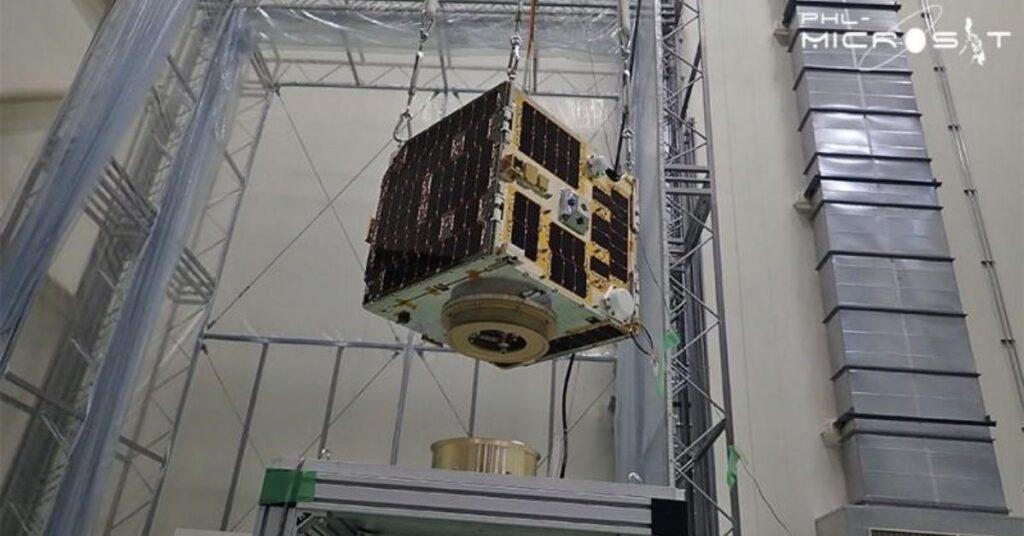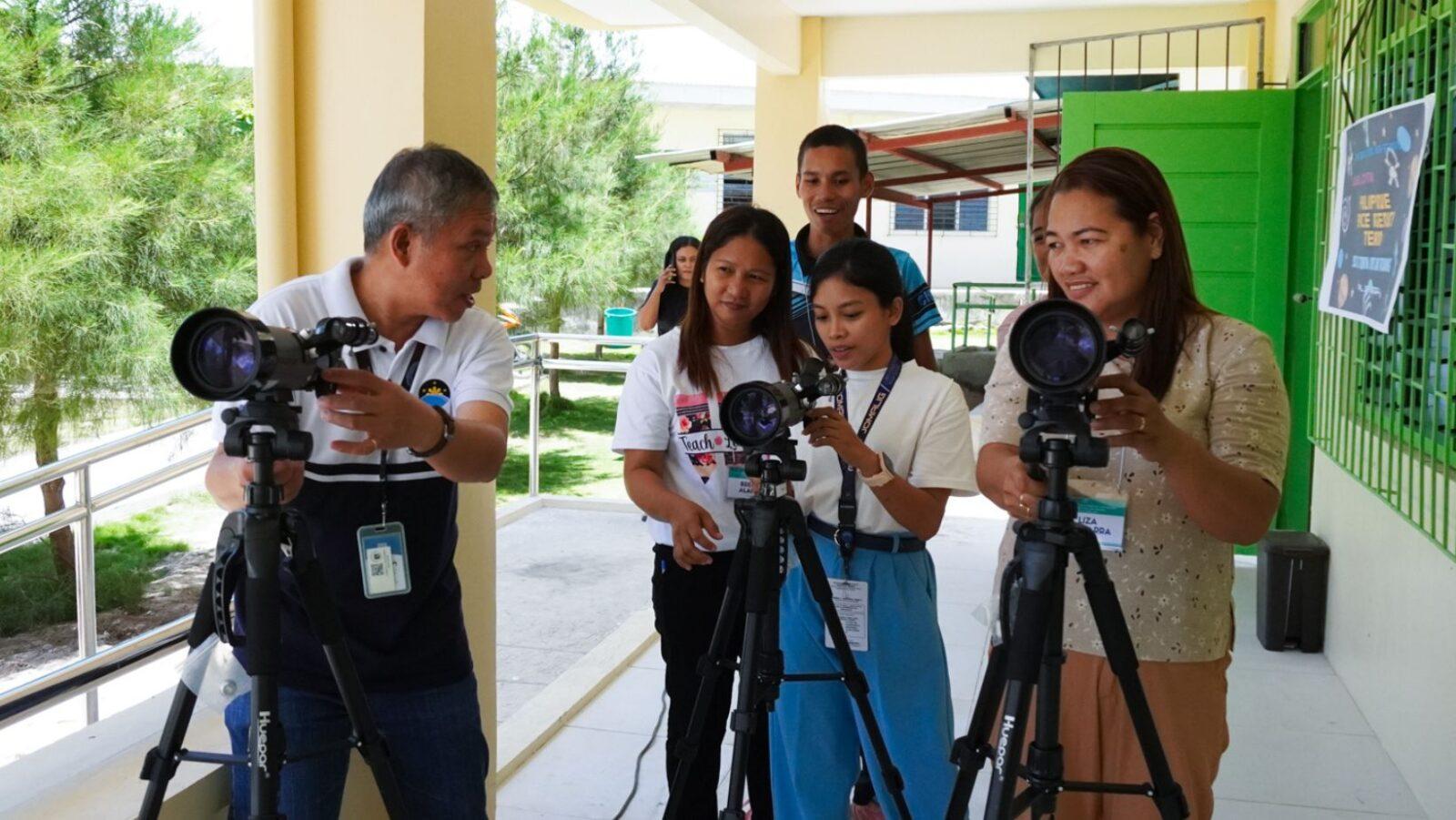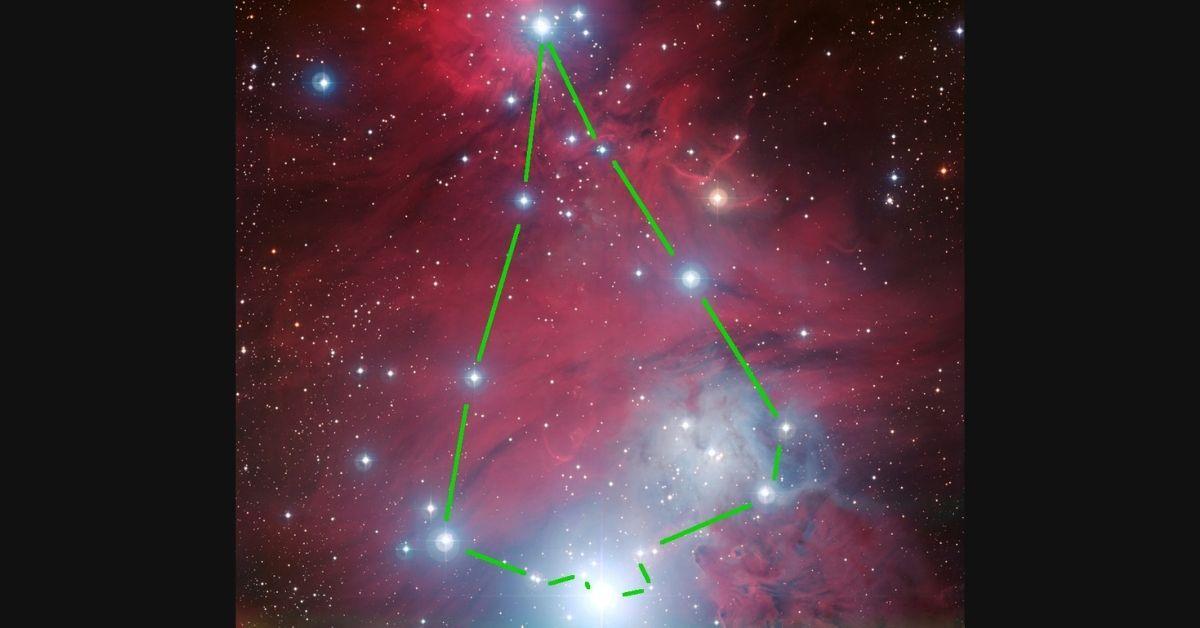
On October 29, 2018, Diwata-2, the second Pinoy-made microsatellite, made its way to outer space on October 29, 2018. Its launch took place at the Tanegashima Space Center in Japan, as part of the H-IIA F40 rocket’s secondary payload.
Diwata-2 is capable of environmental monitoring because it follows a heliosynchronous (or Sun-synchronous) orbit. This means that whenever Diwata-2 passes over a section of Earth, it will always pass it at the same time of day.
Note that our planet isn’t perfectly round. It’s an oblate spheroid; it actually bulges at the center a bit. Thus, Diwata-2 shifts its orbit by about one degree each day. It does this to match the rate at which the Earth travels around the Sun.
As explained by Dr. Allan McInnes:
“With the Sun-synchronous orbit, we’re locked to the Sun essentially, and so if we start out seeing noon and midnight, we’ll always see noon and midnight. And that can be quite useful for observation and scientific missions where we want to get consistent lighting conditions on the ground. So if we always want to be over something with nice bright midday Sun then we’ll make sure we always see that with the Sun-synchronous orbit.”
With a life expectancy of five years, Diwata-2 will likely continue its mission until 2023.
Take a look at Diwata-2’s first images of the Philippines, which were released nearly a month and a half after the microsatellite’s launch, right here.
Still remember your 5th-grade science classes? Test your knowledge and see if you still remember these facts and fundamental concepts in human anatomy, biology, botany, and other branches of science. Click here to try the “Are You Smarter Than A Pinoy Fifth-Grader” Challenge.
Follow the hashtag #FlipFacts on Facebook and Instagram to get your regular dose of science trivia!
References
- https://www.sciencelearn.org.nz/videos/1231-sun-synchronous
Author: Mikael Angelo Francisco
Bitten by the science writing bug, Mikael has years of writing and editorial experience under his belt. As the editor-in-chief of FlipScience, Mikael has sworn to help make science more fun and interesting for geeky readers and casual audiences alike.









